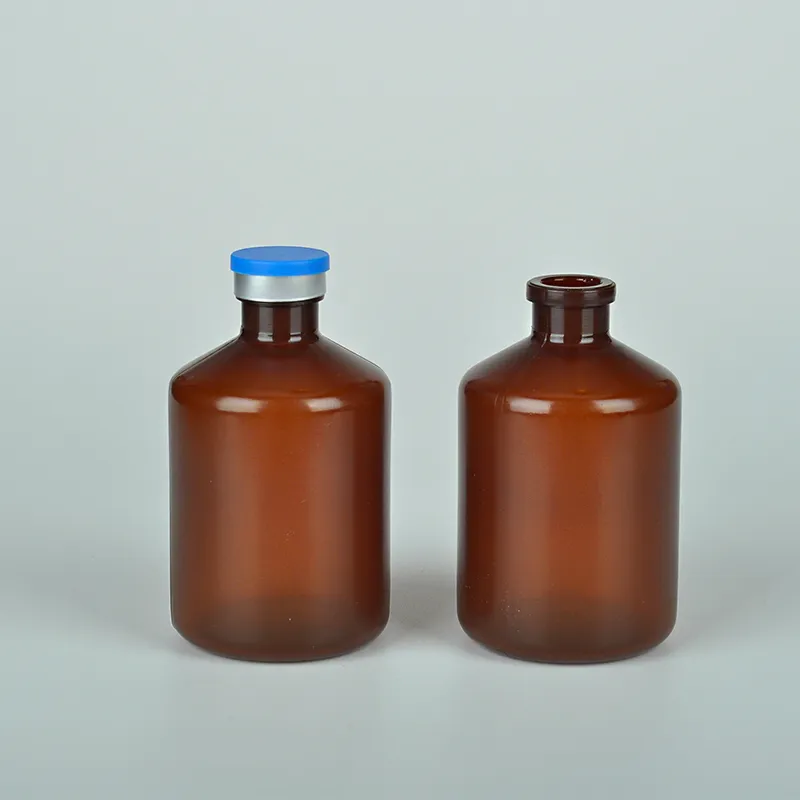Affordable Options for Centrifuge Tubes to Meet Your Research Budget Needs
The Price of Centrifuge Tubes Understanding the Costs and Factors Involved
Centrifuge tubes are essential laboratory tools used in a variety of scientific and medical applications, from biological research to clinical diagnostics. These specialized tubes come in various sizes, materials, and designs, each serving specific purposes in centrifugation processes. Understanding the prices associated with centrifuge tubes is crucial for researchers and organizations planning to budget for their laboratory requirements.
Price Range of Centrifuge Tubes
The price of centrifuge tubes can vary significantly based on several factors. Typically, basic polypropylene (PP) centrifuge tubes may range from $0.20 to $1.50 per unit, depending on the brand and retailer. On the other hand, specialized tubes, such as those made from polycarbonate (PC) or those that are resistant to extreme temperatures or chemicals, can climb up to $5 or more per unit. Additionally, high-end centrifuge tubes equipped with features like snap caps or unique blending capabilities can command prices upwards of $10.
Factors Affecting Price
1. Material The composition of the centrifuge tube plays a significant role in pricing. For example, polypropylene tubes are relatively inexpensive and widely used, while polycarbonate tubes, known for their durability and ability to withstand higher G-forces, tend to be pricier.
2. Volume Capacity Centrifuge tubes come in various sizes, ranging from 1.5 mL to 50 mL or more. Larger capacity tubes will generally cost more than their smaller counterparts due to the increased material usage and manufacturing complexity.
centrifuge tube price

3. Sterility and Packaging Many labs require sterile tubes to prevent contamination during experiments. Sterile centrifuge tubes are more expensive due to the additional processes involved in sterilization. Furthermore, bulk packaging options may lower the cost per unit compared to individual pack sales.
4. Brand Reputation Established brands that are recognized for their quality and reliability often price their products higher based on their reputation. While these products may be more expensive, they may also offer better performance and fewer risks of failure during critical experiments.
5. Supplier Markup The distribution network can also influence prices. Wholesalers and retailers may add markups based on their overhead costs, shipping expenses, and inventory levels, affecting the final price consumers pay.
Cost-Effectiveness and Bulk Purchasing
For laboratories with high throughput, purchasing centrifuge tubes in bulk can lead to significant savings. Many suppliers offer discounts for bulk orders, which can reduce the per-unit cost considerably. Furthermore, investing in high-quality centrifuge tubes can prevent issues like leaks, breakage, or contamination risks, ultimately saving costs associated with re-runs and waste.
Conclusion
In summary, the price of centrifuge tubes is influenced by a variety of factors, including material, size, sterility, brand reputation, and supplier markup. While it can be tempting to opt for the cheapest options, it is essential to consider the quality and reliability of the tubes, as these factors can significantly impact experimental outcomes. By carefully evaluating needs and exploring bulk purchasing options, laboratories can ensure they are making economically sound decisions while prioritizing the integrity of their research. Understanding the value behind each tube's price will empower researchers to make informed choices that align with their scientific goals and budget constraints.
-
Durable 250ml Blue Plastic Vaccine Vial for Lab & Vet UseNewsAug.16,2025
-
Sterile Virus Sample Tubes: Secure & Reliable Specimen CollectionNewsAug.15,2025
-
White 250ml Plastic Vaccine Vial for Lab & Vet MedicineNewsAug.14,2025
-
Premium Clear Plastic Vaccine Vials for Lab & Vet MedicineNewsAug.13,2025
-
Plastic Clear Vaccine Vials | Lab & Vet Liquid StorageNewsAug.12,2025
-
Secure 250ml Blue Plastic Vaccine Vials for Lab & VetNewsAug.11,2025
























